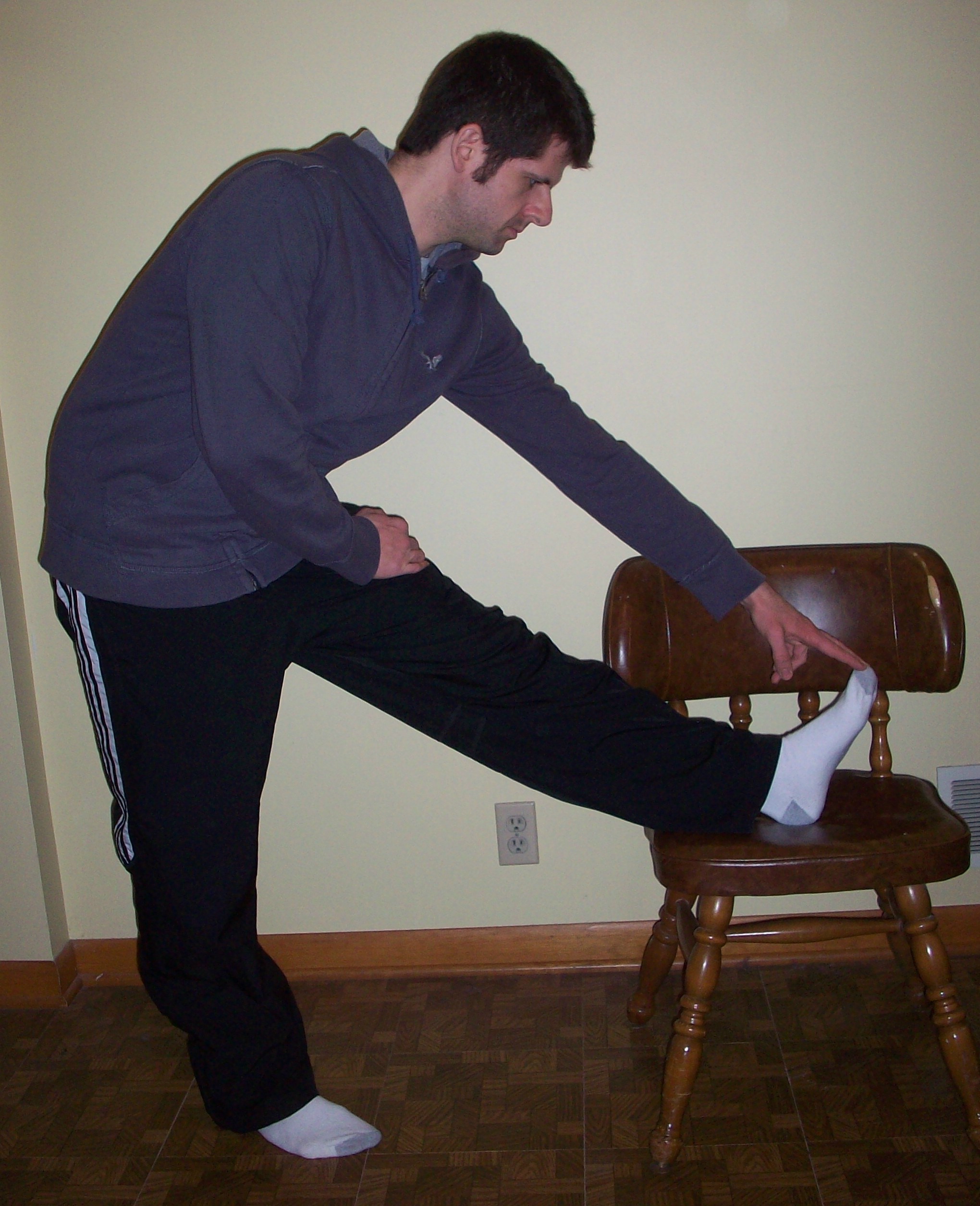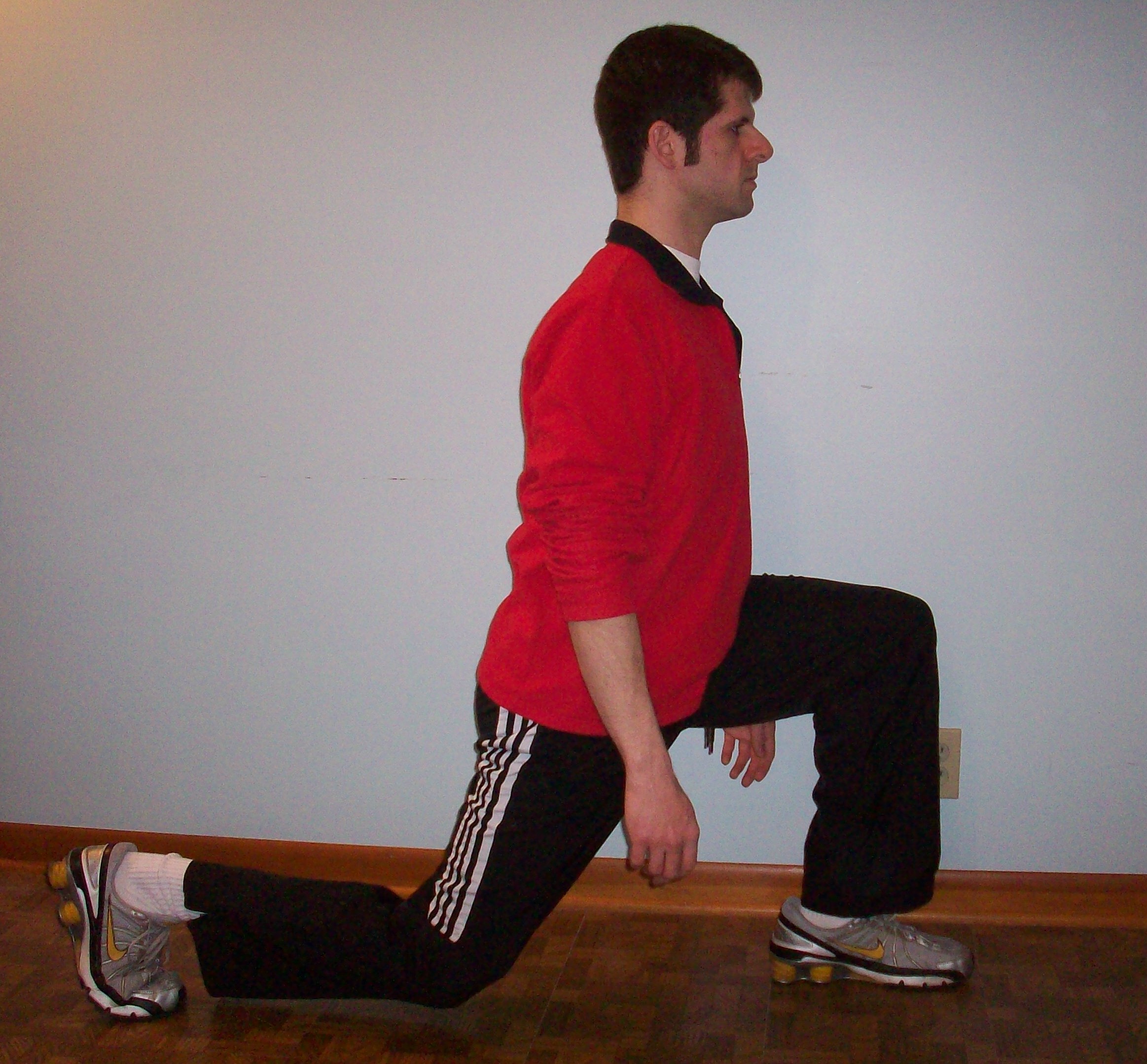BREAST CANCER PREVENTION
As most know, October is breast cancer awareness month. To help promote this cause, outlined for you are several tips to help you better understand some risk factors associated with breast cancer and the possible prevention of it.
- 1. Perform regular self-exams for lumps, discoloration, or any other abnormalities. Not sure how to perform a self-exam? Ask your primary care physician, or try an online search. Simply relying on a mammogram may not be your best option. The United States Preventative Services Task Force, or USPSTF, found over a 25 year study that women aged 40-59, who received an annual mammogram, did not reduce their risk of mortality from breast cancer. Furthermore, 22% of invasive breast cancers were over-diagnosed when discovered with a mammogram.
- 2. Stay Active. Try to exercise at least 30 minutes a day. Another study indicates you may have a 35% less likely chance of developing breast cancer if you exercise regularly.
- 3. Eat Properly. Consuming red meat daily increases your likelihood of developing breast cancer by almost twice the amount. You don’t have to eliminate red meat completely, but try to resort to eating it maybe once or twice a week. However, if you eat 3-6 servings of fruits and vegetables daily, your risk of developing breast cancer is cut by 50%. Please note that one-third of the vegetables and fruits you consume should be raw. This statistic does not mean you can consume daily amounts of red meat because its damage will be offset by your 3-6 servings of fruits and veggies.
- 4. Bra Usage. Believe it or not, women who wear their bra for more than 12 hours a day are 50% more likely to develop breast cancer. Let them breathe a little bit!
- 5. Avoid Chlorine. Woman with high levels of chlorine in their bodies have a 10 times higher likelihood of developing breast cancer. That’s TEN TIMES more likely! What is the major source of chlorine? Drinking water. Most filters will eliminate chlorine from tap water, so be sure to drink properly filtered water.
These suggestions are not bulletproof and do not guarantee you immunity from breast cancer. However, these suggestions certainly won’t hurt your odds of developing the cancer, and can only help you. Prevention is key!

